Terrazzo Techniques for Resin Furniture Making
Course final project
A course by Olivia Aspinall , Surface and Product Designer
About the final project for: Terrazzo Techniques for Resin Furniture Making
Terrazzo Techniques for Resin Furniture Making
“Well done! You have reached the end of this course. Thank you so much for enrolling. It’s been a journey and you’ve worked really hard. I hope I've taught you some essential casting skills which you can take onto future projects! I’ve explained a lot of different processes throughout the course. Below are some key tips, to recap the main steps we’ve covered and to reinforce what you’ve learnt throughout. The Design Preparation First, sketch a design for your table. You can use my template, or if you're feeling up to the challenge create your own. Then, build a mood board. This initial step will help clarify your design vision. It's worthwhile to hone in on a colour palette here, to inform your eventual terrazzo vision.
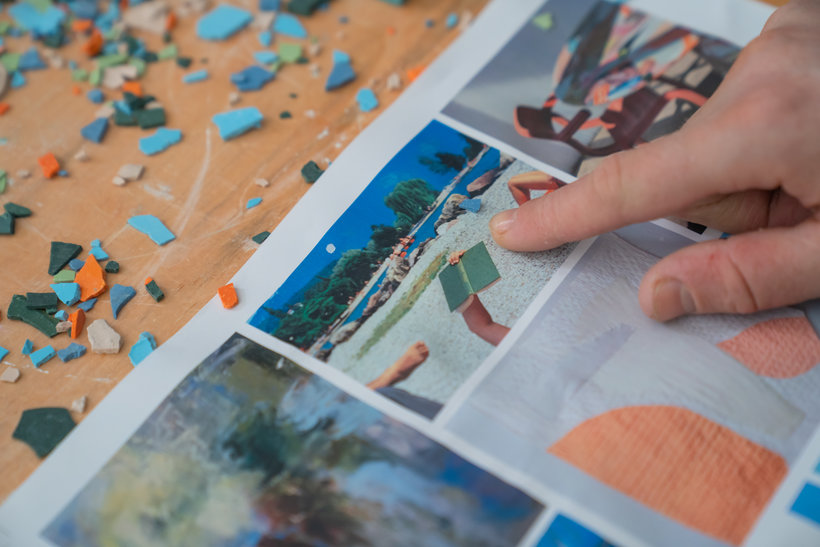
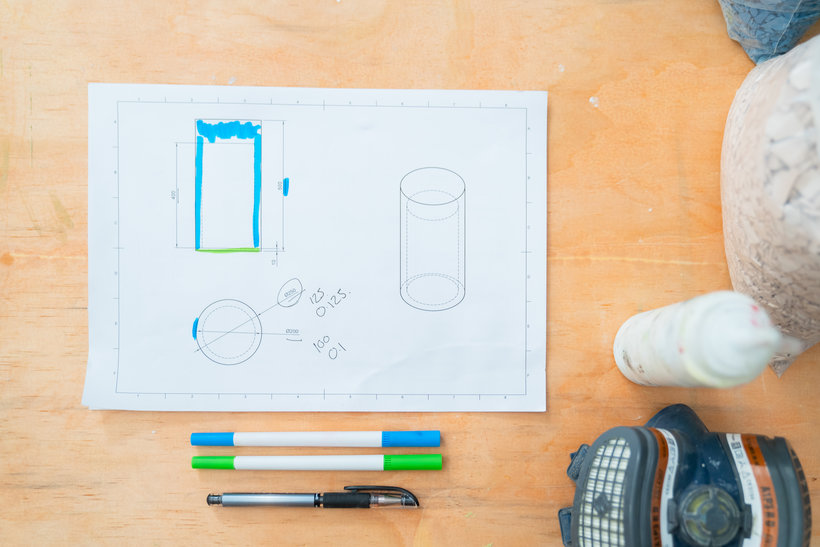
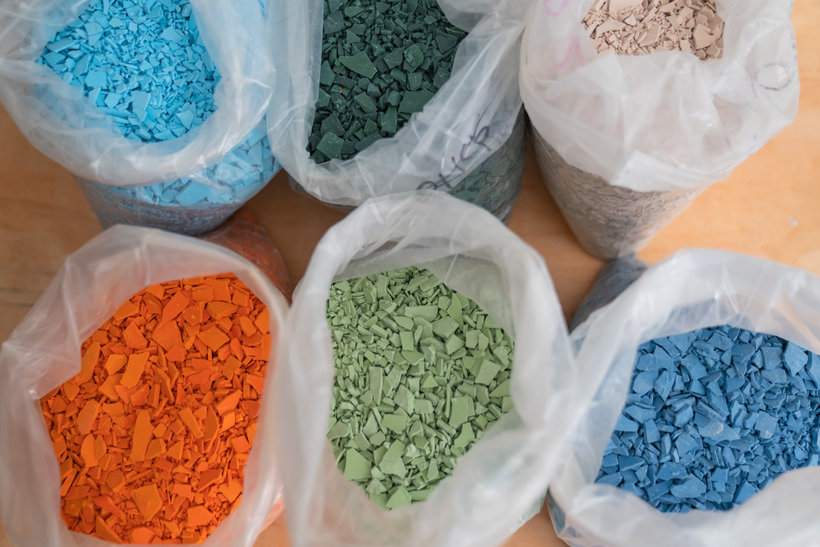
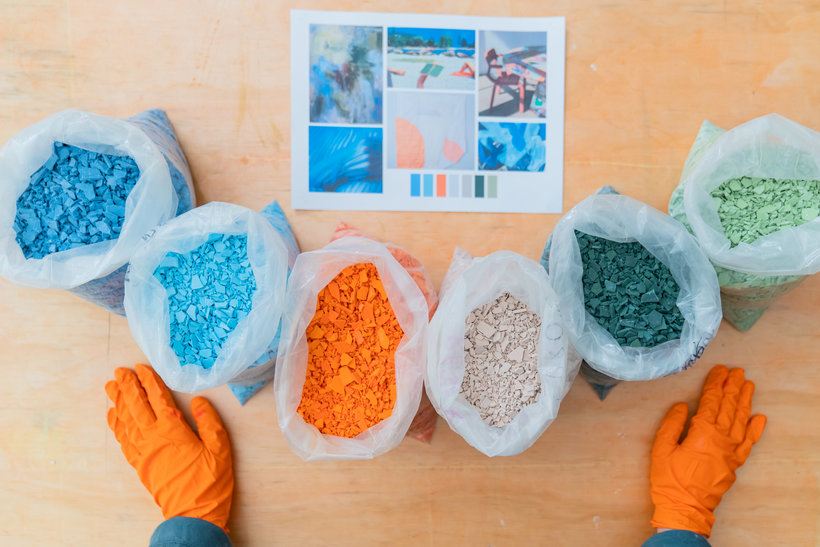
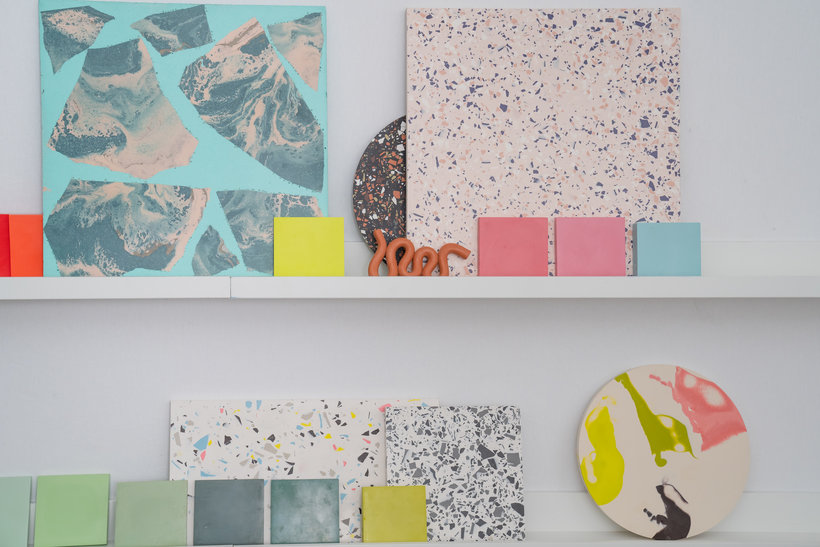
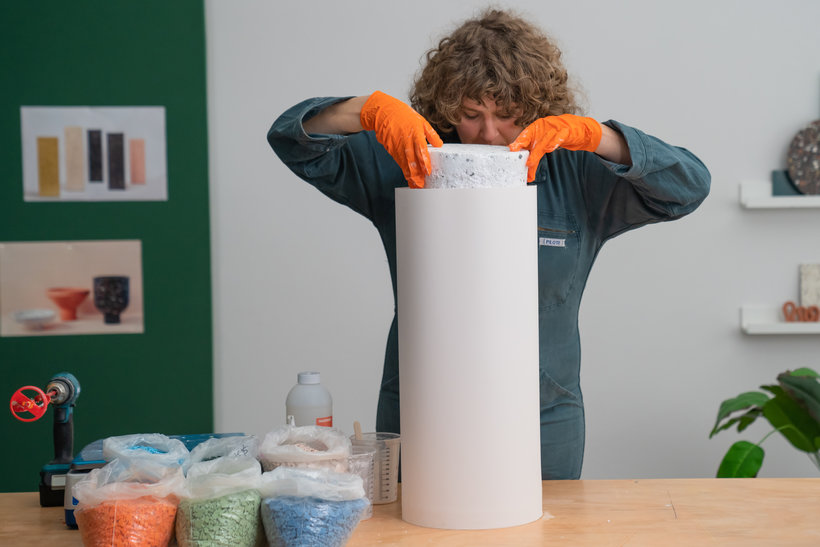

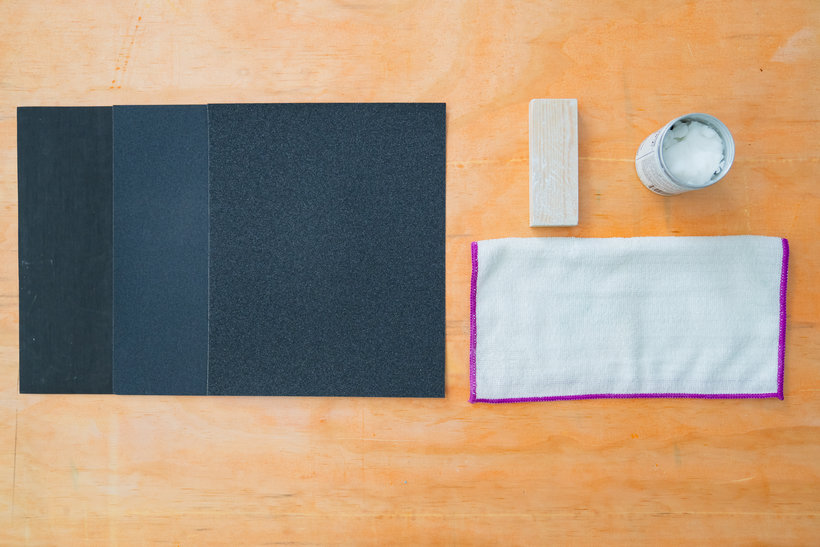

Partial transcription of the video
“ Final Project We're at the end of my Domestika course. In this lesson, we'll recap what we've learned so far and I'll give you tips to help you in your journey of creating your terrazzo side table. Having followed along, you'll notice that the creative process of casting is satisfying and it's a real joy to create pieces that serve the dual function of being decorative and practical. The first step is to create a mood board. This will help clarify your design vision. It's worthwhile to hone in the colour palette at this stage. It helps you create your final terrazzo vision. Using the sket...”
This transcript is automatically generated, so it may contain mistakes.
Course summary for: Terrazzo Techniques for Resin Furniture Making
-
Category
Architecture & Spaces, Craft -
Areas
Arts & Crafts, DIY, Furniture Design & Making, Interior Decoration, Interior Design

Olivia Aspinall
A course by Olivia Aspinall
Olivia Aspinall is a surface and product designer based in Nottingham, England. She grew up learning to fix things around the house with her dad and went on to study a degree in textile design that allowed her to put her hands-on experience into practice. While preparing for her final project, she started experimenting with hard surfaces, which kickstarted her career as a product designer.
After graduating, Olivia began casting and creating from her dad’s garage alongside other design jobs before building up enough commissions to start her own studio. Since then, she has created work for Google, Pinterest, Cancer Research, and more, making bespoke pieces characterized by their color, pattern, and craftsmanship.
- 96% positive reviews (51)
- 2,850 students
- 14 lessons (2h 41m)
- 22 additional resources (12 files)
- Online and at your own pace
- Available on the app
- Audio: English
- Spanish · English · Portuguese · German · French · Italian · Polish · Dutch · Turkish · Romanian · Indonesian
- Level: Beginner
- Unlimited access forever
Category
Areas





